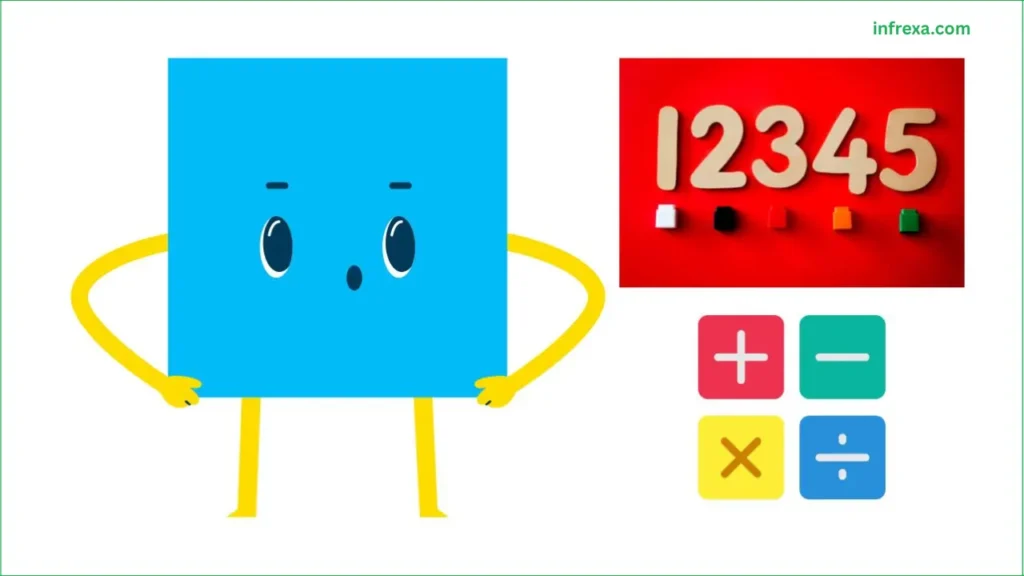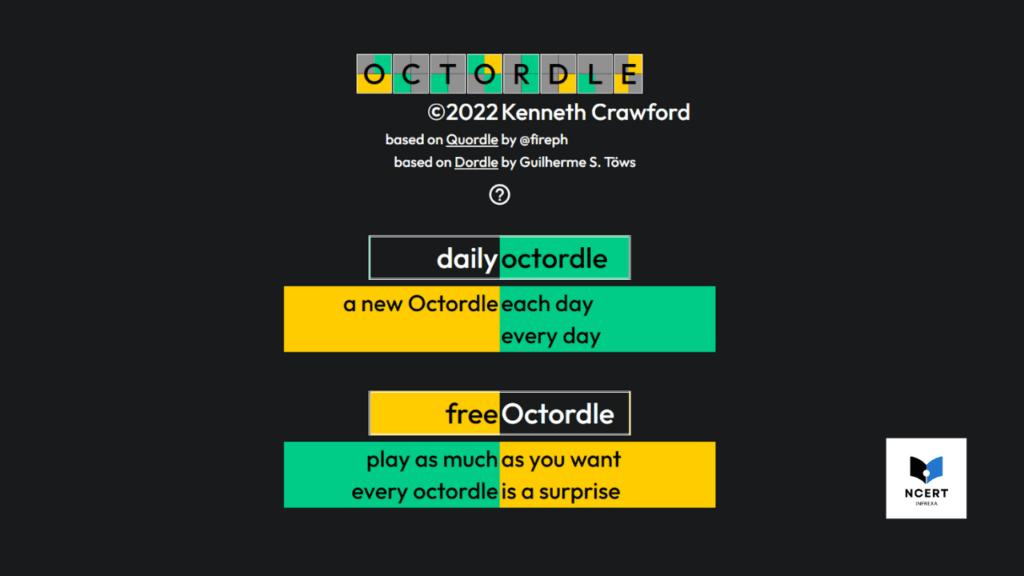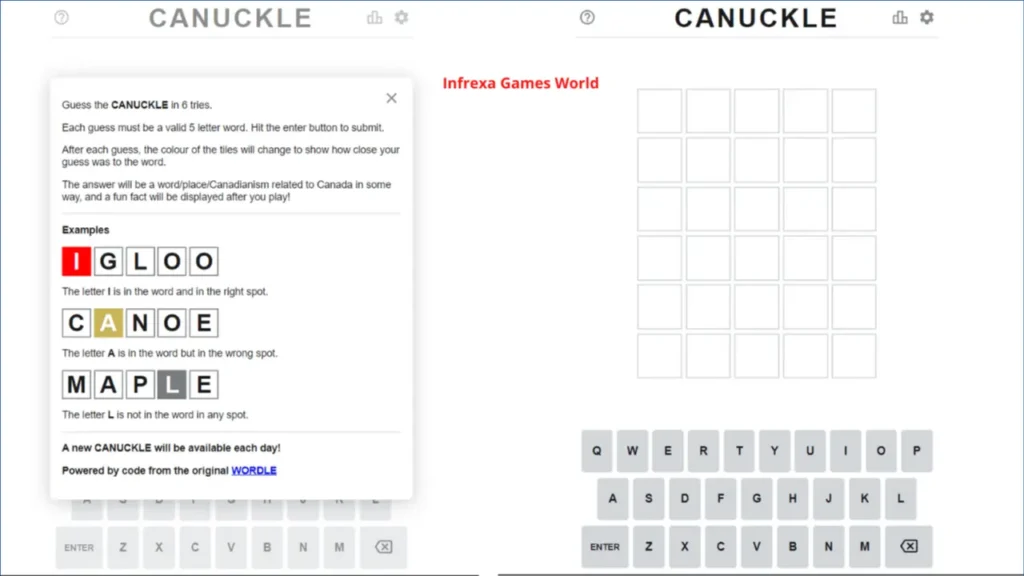I first came across Nerdle when it launched in early 2022, right as everyone was getting tired of guessing five-letter words. This game, created by Richard and Marcus, immediately struck me as a brilliant shift: it isn’t about vocabulary; it’s about simultaneous calculation and logic. The goal is easy: you must find the one correct, eight-block mathematical equation in just six attempts.
If you’re used to Wordle, the constraints here are much tighter and far more complex. The puzzle demands that you find the eight correct characters (numbers and symbols) and put them in the correct position, all while ensuring the whole thing makes perfect mathematical sense.
How to Approach the Nerdle Grid
When you open the game, you are faced with eight spaces. You need to fill these spaces using numbers (0-9) and the four basic math symbols: addition, subtraction, multiplication, and division (+, -, *, /, =).
There are a few hard rules you must follow before you even submit a guess:
- Balance is Mandatory: The equation must be mathematically correct and balanced (e.g.,
10+20=30). The sum on the left side of the equals sign must equal the value on the right side. - The Equal Sign: The
=symbol must be used in every single equation. - Order of Operations is King: You must calculate the equation strictly using the standard order of operations (often called PEMDAS or BODMAS), meaning multiplication and division happen before addition and subtraction. For example, if you guess
1+2*3=7, this is valid because2*3is calculated first (6), then1+6equals 7.
Once you hit “Enter,” the tiles change color, giving you the necessary clues for your next move.
Color Feedback
Nerdle relies entirely on correctly interpreting the three color codes:
- Green: This is the perfect hit. The number or symbol is correct and is locked into the right position.
- Purple: The number or symbol is correct, but it is currently in the wrong spot. This is often the trickiest color, especially when dealing with the equals sign.
- Black/Gray: This number or symbol is not part of the final equation and can be entirely discarded.
Expert Strategy for Balancing the Equation Early
The key to consistently solving Nerdle in four or five moves is to focus on information gathering in the first two attempts, prioritizing the structure of the equation over solving the numbers right away.
- The Information-Rich Opener: Your first guess should contain as many unique, high-frequency digits as possible, along with at least three of the four operators. A great starting equation might be something like
9*8-7=65or10+2*3=16. This instantly tests seven unique digits and three key symbols in one move. - Strategic Equals Sign Placement: The position of the
=sign is your biggest structural clue. If you have purple or green tiles for the first three numbers, you know the answer is likely a two-digit number, which forces the=to be in the fifth or sixth position. If the result is a single digit, the=must move closer to the end. I always spend my second move confirming the position of the equals sign and the length of the final result. - The Equal Priority Trap (A Common Error): As a word of caution from personal experience, you must never forget the rule regarding multiplication and division. A costly mistake I made for weeks was treating these operators as if multiplication always came first. They actually have equal priority and are evaluated simply left-to-right. I’d try to force equations like
8/2*2=8, incorrectly expecting the answer to be 2. Nerdle is strict about the correct PEMDAS/BODMAS evaluation, so always remember: division and multiplication rank the same! - The Purple Pitfall: If you get a number that turns Purple on the left side of the equals sign, remember it could actually belong on the right side of the equals sign as part of the total. For instance, if you guessed
50-10=40and the4is purple, the correct answer might involve a four somewhere else, like2*2+0=4. You have to look at the entire eight-block sequence, not just the equation’s component parts. - Managing Commutativity: Once you have the correct operators and digits, you might find that your equation is mathematically correct, but the game rejects it. For example, you might have
20+30=50, but the solution is actually30+20=50. When you know the digits are right but the order is wrong, remember to try reversing the order of the terms being added or multiplied.
Game Reset Time and Practice
The daily challenge resets every day at midnight GMT, which is 7 pm EST in the United States. You only get one official shot at the daily puzzle.
Fortunately, Nerdle offers an Archive Feature, allowing you to go back and practice past puzzles from any date. This is an invaluable tool for building expertise, as you can continuously refine your opening strategy without waiting for the next daily game. Furthermore, if the standard game is too easy or too difficult, you can try:
- Mini Nerdle: Uses a smaller, six-digit equation.
- Pro Nerdle: Allows you to customize the complexity for a tougher challenge.
Good luck in your quest for today’s Nerdle challenge!
Nerdle Alternatives
If you like having different tastes, you can try alternatives. These alternatives to Nerdle focus on different types of deduction: Mathler and Numble offer math puzzles where you construct equations to reach a target number. For a non-math logical challenge, Quordle requires you to solve four 5-letter words simultaneously.




